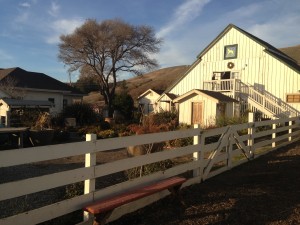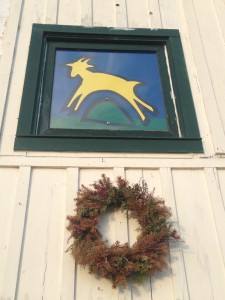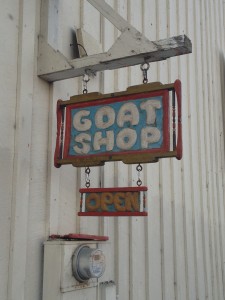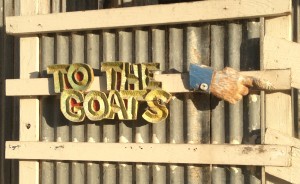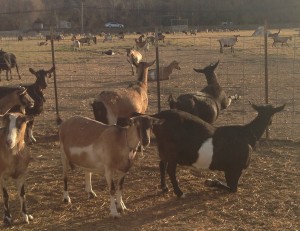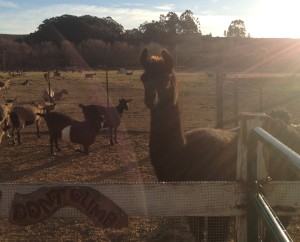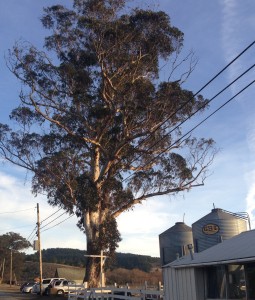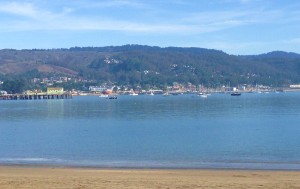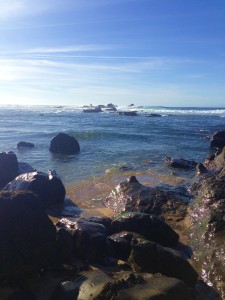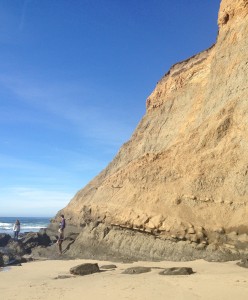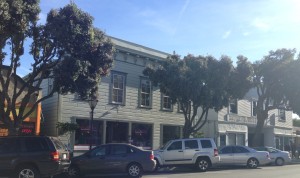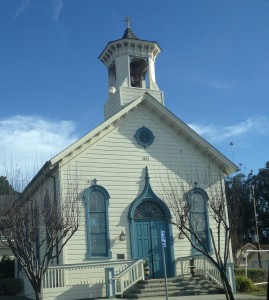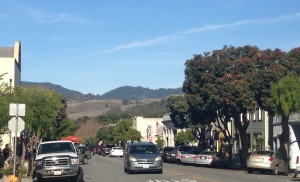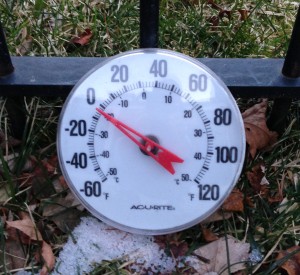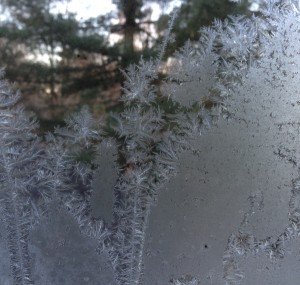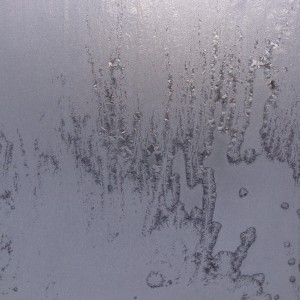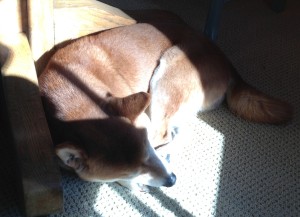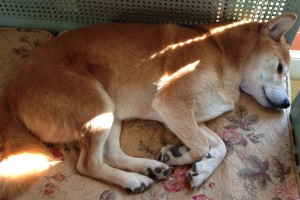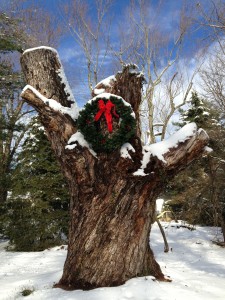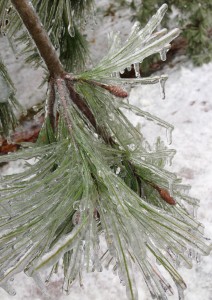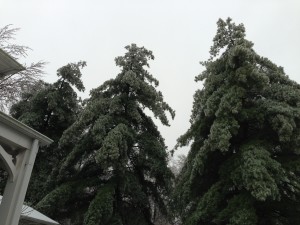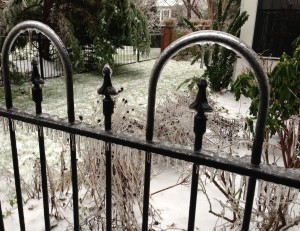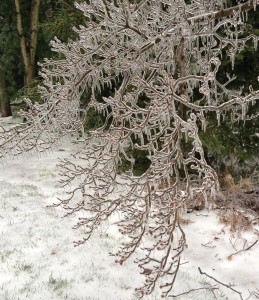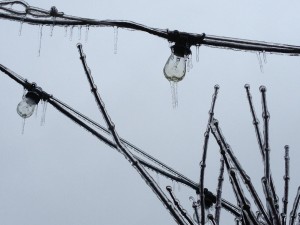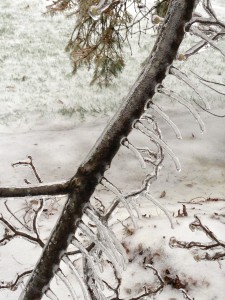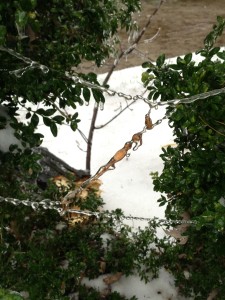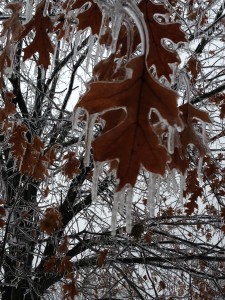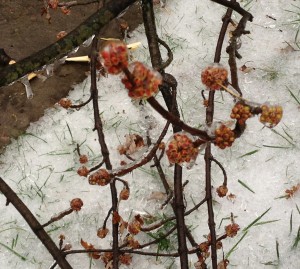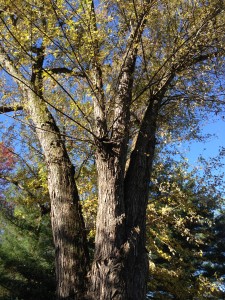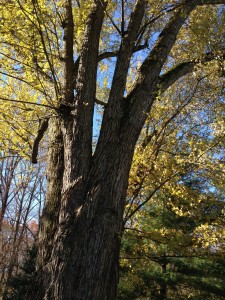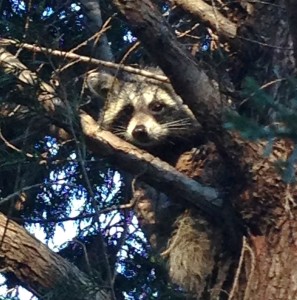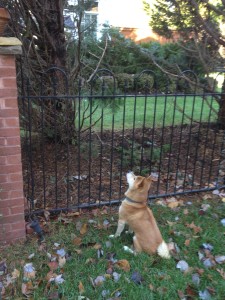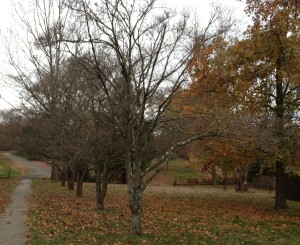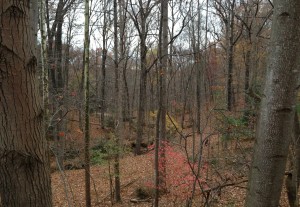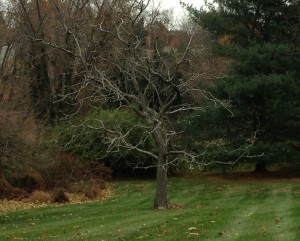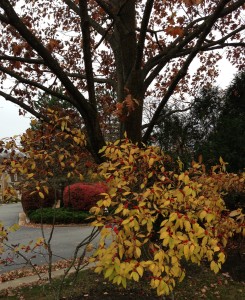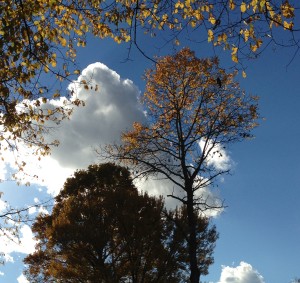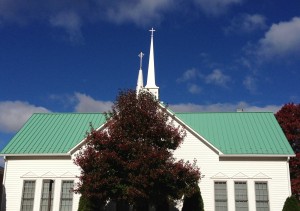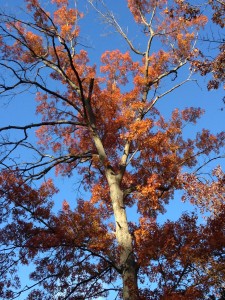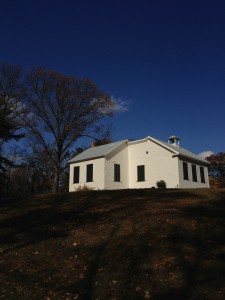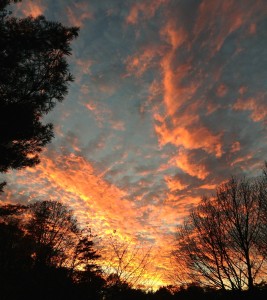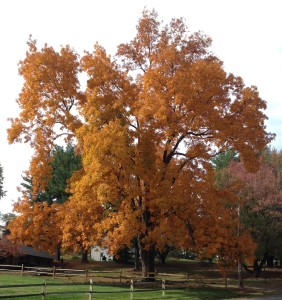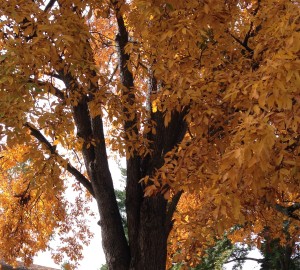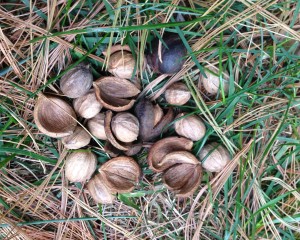My final California posts have been much delayed. That most tiresome and expected of reasons has kept me away from the blog for almost two weeks: our old PC moved on to its greater reward. It had been ailing for a while, and its misery was contagious. Closing or opening a document had become a lengthy, frustrating process. Our home office often resounded with groans, moans and furious mutterings as one of us sat staring beseechingly at an endlessly spinning “loading” symbol. (Loading, loading, always loading, never loading.) Once the PC had given up the ghost, of course, there followed the dreaded prospect of replacing it. Fortunately, that falls under my husband’s purview, and he’s still dealing with the complex transition from old to new. What would I do if I were single?
Now, a second-to-last look at our time in northern California.
Because we toured the coast with local friends, we had the chance to visit some unique places we wouldn’t have discovered on our own. One such spot, a favorite of our friends, is Harley Farms, a farm-to-table goat dairy in the rural seaside community of Pescadero. This goat farm has a funky, unpretentious elegance and a chic sense of style. It’s a friendly, family-run operation in an inviting setting of thoughtfully restored old farm buildings. Two hundred furry, feisty Alpine goats munch and lounge happily in grassy pastures bordered by gardens and sheltered by rolling hills. Llamas stand guard, exercising particular vigilance over the kids. (Is anything cuter than a baby goat? Maybe only a Shiba Inu puppy.) The goats’ milk is processed on site into an array of award-winning cheeses. These include crumbly feta, creamy chevre topped beautifully with edible flowers, as well as the softer consistency fromage blanc and ricotta cheeses.
In the cozy restored barn that houses the shop, cheeses may be sampled and purchased. Prior to our visit, while I had no objection to goat cheese, I wasn’t an outspoken fan. Harley Farms changed that. After nibbling on a wide range of samples, we left with three tasty varieties. My favorite may be the Monet chevre, seasoned with herbes de Provence. The lavender and honey chevre runs a close second. Also available in the shop are soaps, lotions and other bath and body products, all made with the milk of Harley goats. Additionally, the farm produces nine lovely colors of durable, environmentally friendly FarmPaint. The barn’s hayloft, with its unique fir table that seats twenty-two, serves as a truly atmospheric event space. Looking for a wedding venue like no other? Harley Farms will handle all the details.
A goat farm had not been on our list of northern California must-sees. But thanks to our friends, it is now.
Some of the Harley nanny goats. One appears to be kneeling in prayer.
A guard llama eyes us warily.
An immense eucalyptus tree shades the milk processors.

